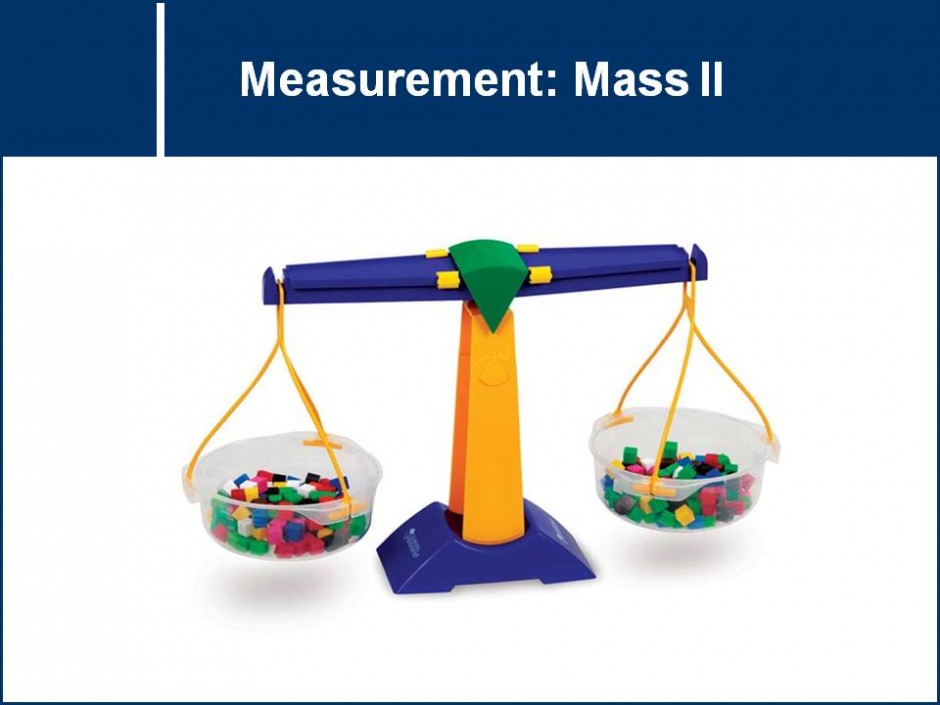The following set of questions will explore how to best compare and measure using non-standard units of measurement in relation to the volume (capacity) of objects.![]()
![]()
comparing objects, counting, estimation, measurement, non-standard unit, shape and space, volume
The following set of questions will explore how to best compare and measure using non-standard units of measurement in relation to the mass (weight) of objects.![]()
![]()
comparing objects, counting, estimation, mass, measurement, non-standard unit, shape and space, weight
The following set of questions will explore how to best compare and measure using non-standard units of measurement in relation to the length of objects.![]()
![]()
comparing objects, counting, estimation, height, length, measurement, shape and space
This problem set deals with the ability to understand the days of the week and months of the year. ![]()
![]()
calendar, days of the week, measurement, months of the year, shape and space
This problem set deals with the internal and external angles of the polygons up to an octagon.![]()
![]()
angles, angles in a triangle, elementary math, external angles, internal angles, polygons, primary math, rectangles, shape, shape and space
Do you need to know the length of every side to calculate the area of these shapes? The following set of questions will explore strategies for finding the areas of different shapes.![]()
![]()
area, circles, elementary math, polygons, rectangles, shape and space, triangles
The following set of questions will introduce various methods for finding the perimeter of objects with missing side lengths. Ways to maximize and minimize perimeter will also be explored.![]()
![]()
elementary math, perimeter, polygons, rectangles, shape, shape and space
What is the formula to calculate the area of a triangle? This set of questions will show visually how we can find the area of triangles using only the area of rectangles.![]()
![]()
area, elementary math, parallelograms, polygons, rectangles, shape and space, triangles











